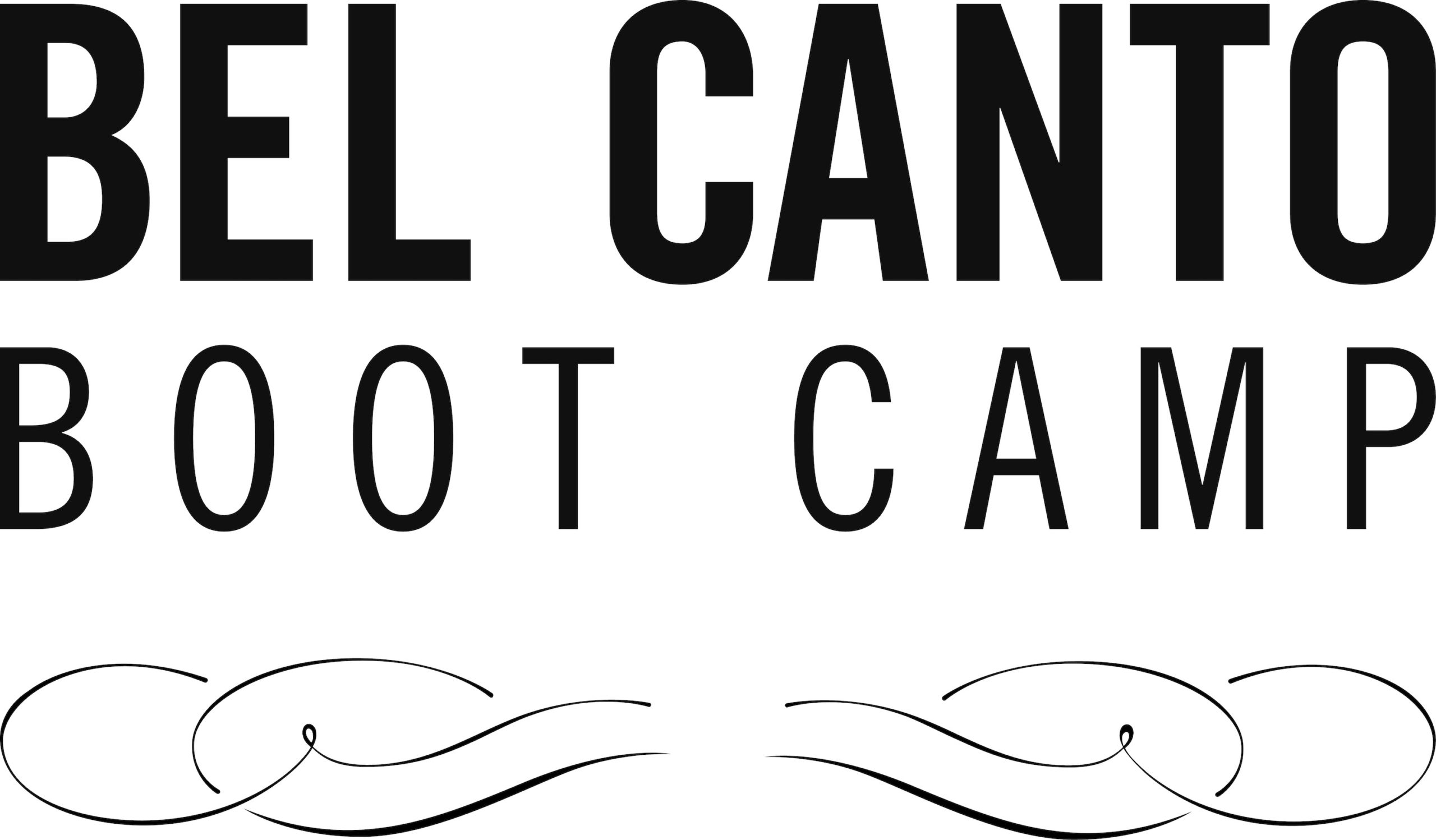Lynn Helding. The Musician’s Mind: Teaching, Learning, and Performance in the Age of Brain Science. Rowman & Littlefield, 2020.
Feedback Frequency
How much feedback should students be receiving from their teachers? Research shows that beginners should receive a lot of feedback which should diminish as students approach proficiency in their instruments. How soon should teachers begin to pull back? Sooner than is the norm. This can sometimes be a difficult transition so it will require discussion between student and teacher. (Students accustomed to frequent praise may have difficulty with this transition.) Singers will always need more feedback than instrumentalists because of the problem outlined in the previous chapter (and last blog post…we do not necessarily hear what the audience does). Nevertheless, too much feedback can lead to dependency on outside feedback which can create a toxic teacher-student relationship. There is also the problem of feedback multiple sources. There is a limit to how much criticism a performer can process at one time. Sometimes it is better to step back, especially when it is clear that the performer is aware of the issue and making the correction. (Note: everyone who has ever had a stage director and conductor giving them feedback at the same time is familiar with this problem.)
A special topic arises at this point in the book that is worthy of discussion. It is sometimes considered essential for a teacher to touch a student to adjust in posture or hand position or some other aspect of singing or playing. It has become the norm in recent years to ask permission before touching a student, but since students sometimes do not feel empowered to say no, especially with a new teacher or perhaps with a famous person doing a master class, they may object but not feel they can say no. One workaround is for the teacher to demonstrate by placing their hands on their own body and letting the student touch themselves in the same place. This can often have the same effect without any personal discomfort. We also do not always know what issues a student may be struggling with, and they should not be obligated to share why they are uncomfortable being touched in certain places or at all. If that can be avoided, it should be.
Another issue that comes up often is performers who are “too in their own heads.” Overthinking is an obstacle. One often heard piece of advice is “just do it.” That often works for those proficient enough at singing or playing to not need to think about technical aspects during a performance. Instead, Helding explores methods for thinking while performing as much performance requires shifting requirements, adjustments, variations, etc. that requires us to think about what we are doing and not just automatically repeat what we have rehearsed.
Deliberate Practice
By now most everyone has heard of Malcolm Gladwell’s “10,000-Hour Rule” in which he states that mastering any skill requires 10,000 hours of practice time. There are a number of things wrong with this “rule.” Some skills require far less time to master while others require significantly more. (Concert pianists have logged in at least twice that much practice time before entering major competitions, for example.) But the most significant flaw is that the quality of practice matters at least as much as the quantity. This is perhaps the aspect of practice most often ignored by young students. Mindless repetition produces minimal results. In fact, mindless repetition can sometimes lead to “regression.” And more significantly, the student is often continually practicing their mistakes into their habits. Qualities needed for deliberate practice include accepting discomfort, complete attention, self-feedback, and constructing mental representations of what to do. How we practice is as important as how much. Again, much valuable information and discussion of current findings in this book.
